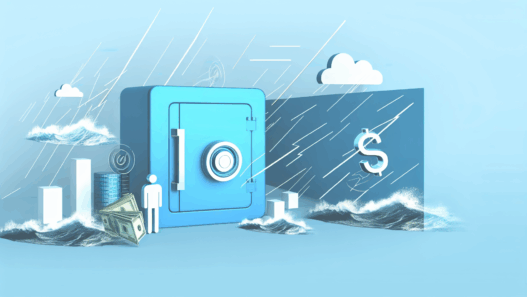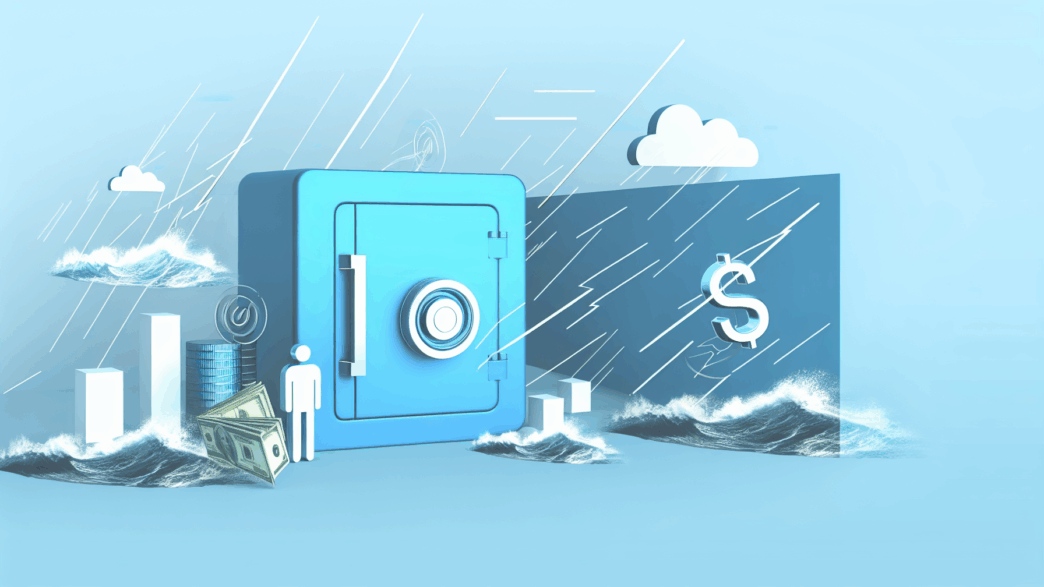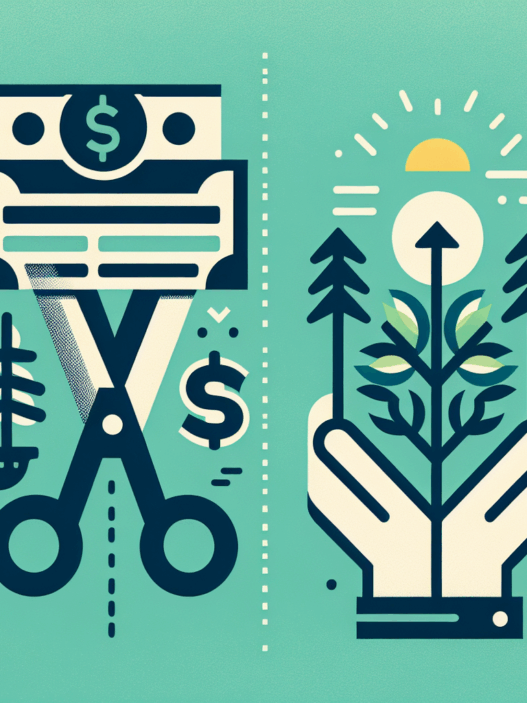Natural disasters can strike without warning, leaving devastation in their wake. While we can’t prevent these events, we can prepare financially to minimize their impact on our lives and assets. This comprehensive guide will help you create a robust financial safety net to protect yourself and your family when disaster strikes.
Building Your Emergency Financial Buffer
Establishing Emergency Savings
Creating a dedicated emergency savings fund is your first line of defense against natural disasters. Financial experts recommend maintaining 3-6 months of living expenses, but when it comes to disaster preparation, consider these specific allocations:
-
- Immediate cash reserves: $1,000-2,000 easily accessible
- Short-term emergency fund: 3 months of expenses
- Extended emergency savings: Additional 3-6 months for prolonged recovery
Accessing Disaster Relief Funds
Understanding available disaster relief funds before you need them is crucial. Here’s what you should know:
-
- FEMA assistance programs
- State-specific disaster relief options
- Non-profit organization support networks
- Local community emergency resources
Keep important documentation readily available to expedite the application process for these funds when needed.
Insurance: Your Critical Safety Net
Reviewing Homeowners Insurance Coverage
Your standard homeowners insurance policy may not provide adequate protection against all natural disasters. Consider these essential steps:
-
- Review your current policy details thoroughly
- Identify coverage gaps for specific disasters
- Understand deductibles and coverage limits
- Document all valuable possessions
- Consider additional riders for specific threats
Additional Insurance Considerations
-
- Flood insurance (often not included in standard policies)
- Earthquake coverage
- Wind damage protection
- Temporary housing coverage
- Business interruption insurance (for home-based businesses)
Creating a Financial Disaster Plan
Important Documents
Maintain a secure, waterproof container with copies of:
-
- Insurance policies
- Property deeds
- Financial account information
- Personal identification
- Medical records
- Emergency contact information
Digital Security
Establish digital backups of crucial financial information:
-
- Cloud storage for important documents
- Password-protected financial records
- Digital copies of insurance policies
- Photos of valuable possessions
- Regular updates of all digital records
Recovery Planning
Immediate Response Strategy
Develop a clear plan for accessing funds during the first 72 hours after a disaster:
-
- Keep emergency cash in a waterproof container
- Have multiple ways to access banking services
- Maintain a list of emergency financial contacts
- Know your insurance agent’s contact information
Long-term Recovery Preparation
Consider these elements for extended recovery periods:
-
- Credit availability and emergency loans
- Investment liquidation procedures
- Alternative income sources
- Debt management strategies
Practical Steps for Implementation
-
- Assessment: Review current financial preparedness
- Planning: Create detailed action plans
- Documentation: Gather and organize important papers
- Insurance: Update and verify coverage
- Communication: Share plans with family members
- Maintenance: Regular review and updates of plans
Working with Financial Professionals
Consider consulting these experts:
- Insurance agents for coverage review
- Financial advisors for investment protection
- Tax professionals for disaster-related deductions
- Legal advisors for estate planning
Conclusion
Financial preparation for natural disasters requires careful planning, regular maintenance, and comprehensive coverage. By establishing robust emergency savings, understanding available disaster relief funds, and maintaining appropriate homeowners insurance coverage, you can create a strong financial safety net. Remember that preparation is an ongoing process – review and update your plans regularly to ensure continued protection for you and your family.
Start implementing these strategies today to protect your financial future against potential natural disasters. The time and effort invested in preparation can make a significant difference in your recovery process when facing unexpected challenges.
Remember: The best time to prepare for a natural disaster is before it happens. Take action now to protect your financial future.




















